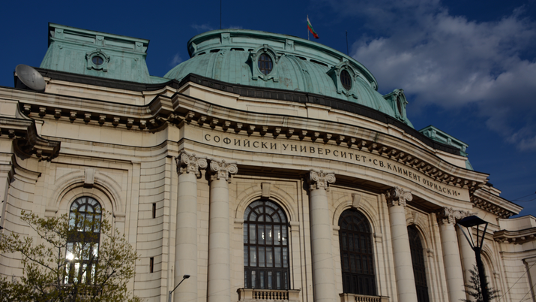Sofia 2024 Call for Papers
This year, the Evil, Exorcism, and Magic session will focus on ‘The “Problem of Evil”: Malevolent Magic in Different Cultural Contexts.’ We aim to explore the complex interplay of malevolent magic within various cultural frameworks, providing a platform to understand how different societies have grappled with the ‘Problem of Evil.’ Our objective is to create a forum for specialists interested in the problem of evil from diverse perspectives, including those of the ancient Near East, Jewish traditions, and the Biblical context.
Our research unit welcomes papers that shed light on the definitions of evil and malevolent magic, their different forms, manifestations, interpretations, and the methods employed to combat or understand them within various cultural and historical settings. Whether you are exploring historical accounts, anthropological perspectives, or theoretical frameworks related to malevolent magic and evil, your contributions will enrich our understanding of this enduring and cross-cultural phenomenon.
Key topics of interest:
· Malevolent magic across different cultural and historical contexts.
· Defining evil.
· Theoretical approaches to understanding the ‘Problem of Evil.’
· Cultural interpretations and societal responses to malevolent magic.
· Comparative analyses of malevolent magical practices.
· The impact of evil and magic in the daily life of ancient societies.
We also welcome papers that deal more broadly with the themes of evil, exorcism, and magic.
